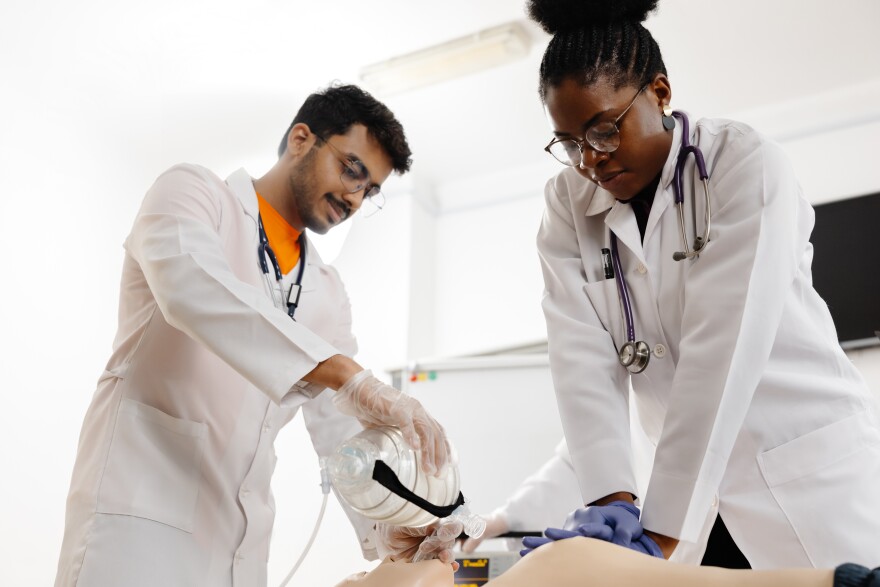Idaho faces a shortage of health care workers. Technology could help the state attract and retain more doctors and nurses.
The Gem State has the fewest doctors per capita of any state in the country.
The up-and-coming health care workforce could benefit from technology's integration into education, especially in rural states like Idaho - said Dr. Teresa Conner, the former dean of Idaho State University's College of Health.
"Recruiting our own and training people in their communities where they've grown up and they love the community," said Conner, "they have ties, and technology's really helping us address that equation of how to get providers into rural communities through, really, the resource they already have - their people."
Conner is now dean of the College of Health and Human Sciences at North Dakota State University.
She said expanded communication technologies help people across vast distances connect, enabling remote learning in rural places.
Conner said another important technology is simulations.
She said while she was at Idaho State University, grant funding from the Idaho Workforce Development Council and Portneuf Health Trust helped expand these tools.
Conner said these are going to be important to health care education.
"One of the great parts about this is it creates a safe failure," said Conner. "So it's okay in a simulation if they get the wrong answer or they fail because no one gets harmed. And then they can debrief and learn from that mistake."
Conner said simulation technology also could help with the biggest bottleneck in health care education, which is the limited number of clinical placements.
She noted that this technology won't replace real-world education, but she said it does provide an opportunity to show students important situations they might not see during their clinical experience.
"Through simulation," said Conner, "we can make sure that students are exposed to a range of different kinds of cases that we want all of them exposed to."


